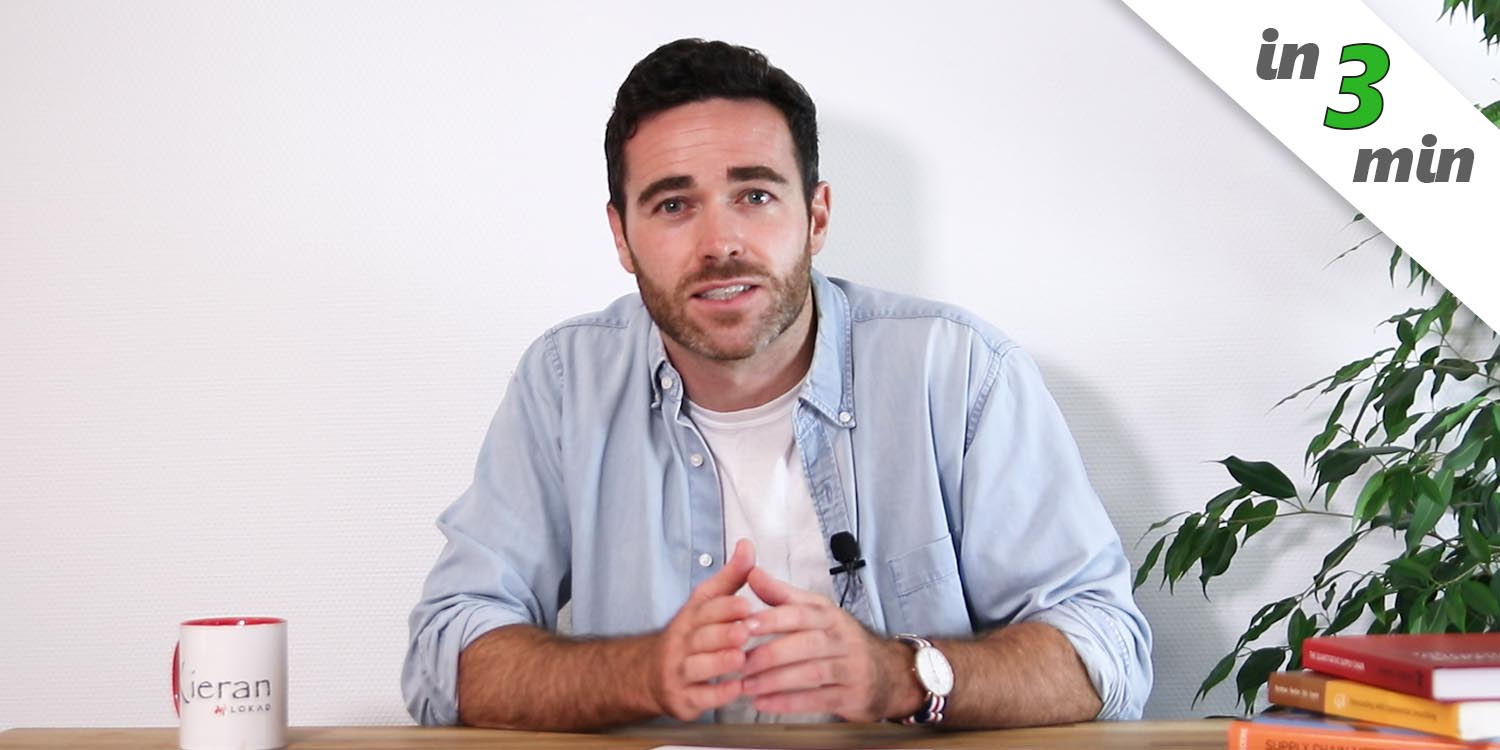Description
In supply chain, the service level is a measure of quality of service. However, the definition of service level has not been fully agreed on. Some use it as the percentage of total demand covered in units of product, others define it as the percentage of orders fulfilled. At Lokad, we would argue that the service level is the expected probability of not hitting a stock-out - as the likelihood of being able to serve all customer’s demand and not losing out on any sales.
But is it an accurate representation of how well the inventory is managed? Should we aim for 100%? And what is considered a good service level? Let’s explore this in more detail.
Remember that service level only tells you about the probability of hitting a stock out - not the actual magnitude of the loss. In fact, the stock-outs may even go unnoticed. Imagine you own a bookshop selling books on supply chain. You have a stock of 5 books. Most often, a customer purchases one unit of a book. But then, a school teacher is looking to purchase 6 books for his students on supply chain. He quickly discovers that the shop does not stock enough books - and leaves. This isn’t registered as there is still books left - hence no stock out. Yet, the actual loss in sales was of 6 units.
You may also have heard the term fill rate, which is often used interchangeably with service level and wrongfully so - fillrate represents the fraction of demand that is being served. So, if there was 5 customers, 4 of which wanted 1 book, and 1 who wanted to buy 6, the total demand is 10. As you only had 5 on stock, your fillrate is 50%. Your service level, on the other hand, was 80% - as 1 out of 5 was not satisfied.
In theory, having a 100% service level would mean infinite inventory, which of course isn’t feasible. In reality, it’s all about the trade-offs between cost of stock-outs and cost of inventory, which is the main challenge of all inventory management.
In most retail sectors, service levels are targeted above 95% to ensure customer loyalty. However, the closer to 100% service level we get, the more costly it becomes to close the gap as the returns are diminishing. Let’s have a look at this graph. We have our service level on the x axis and inventory on the y. Notice how a 2% increase in services level at say 85 to 87% requires a far smaller inventory expansion than the same 2% improvement from 95 to 97%.
So how do we find this optimal service level? Well, as the impact of stock-out varies product by product, so does the service level. For example in spare part industry, a missing part will result in a grounded airplane - an extremely costly scenario. Whereas for perishable goods,having too much stock would lead to a lot of spoilage, and a lower service level would be reasonable.
Bottom line, Always think of the cost of inventory for a particular product vs the cost of its stock out. It therefore doesn’t really make sense aim for a given service level. Instead, focus on minimizing cost and finding the most profit maximizing decisions for your supply chain. The optimal service level will automatically be found that way.
Find out more about Service level.


